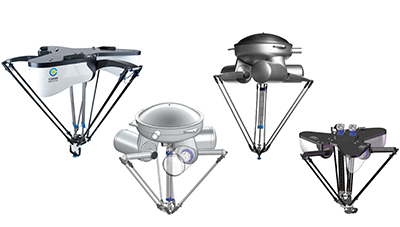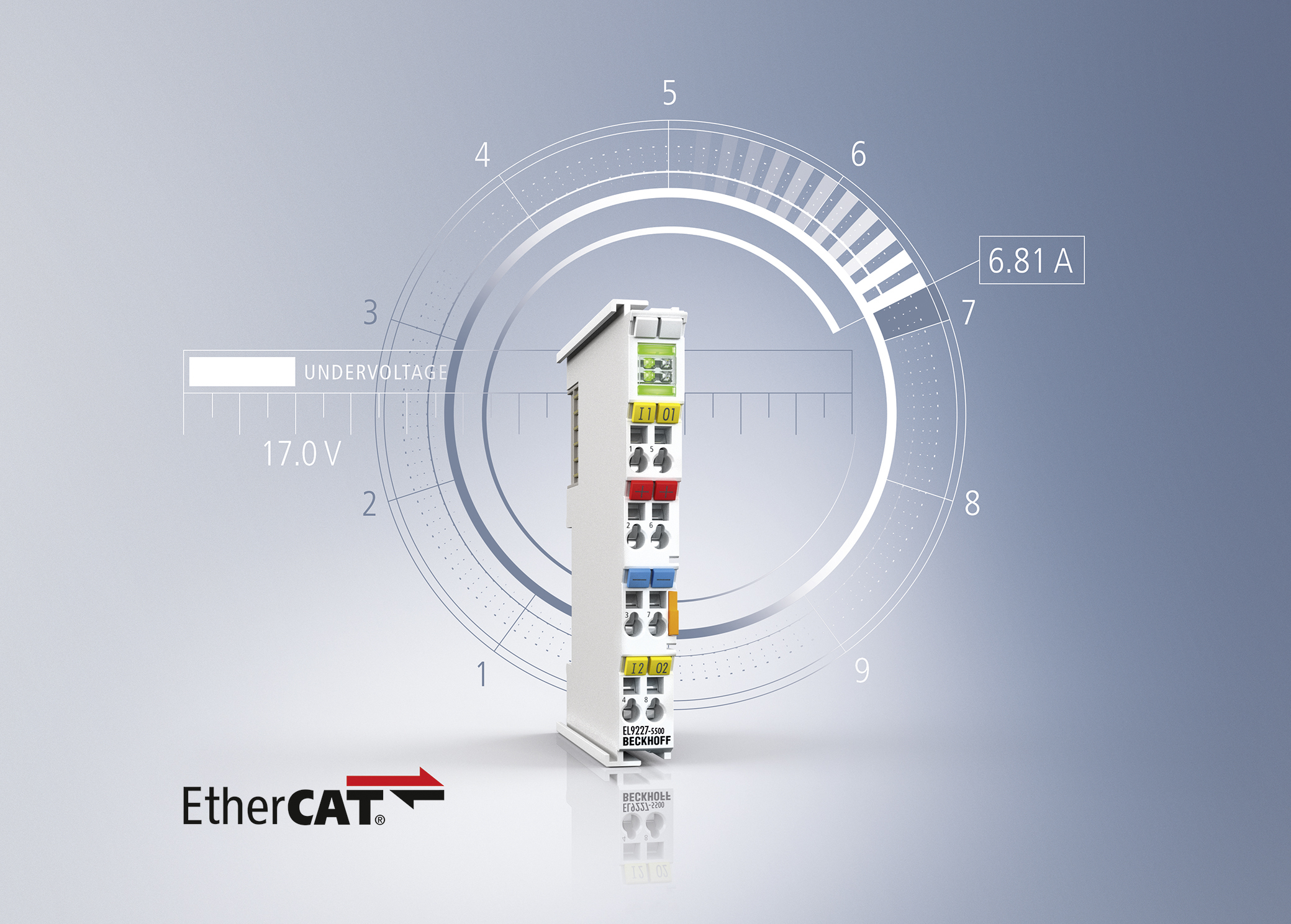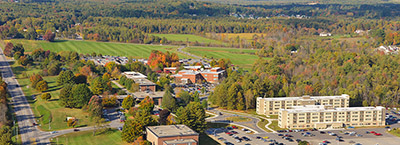Updated June 2022 ⚙️ Software development for a robot is not trivial. However, the Robot Operating System or ROS (like Linux) is an open platform on which teams all over the world have worked in parallel for close to two decades now.
ROS capabilities have continually advanced — with vision recognition and autonomous navigation now functional for real-world applications.
Attempting to deploy traditional rotary motors and gear reducers in robotics applications will typically produce lackluster results. New mechanical solutions are the key to expanding robot capabilities. But new mechanical solutions demand the writing of new controls software … and that endures as a major challenge in new robotic development. If every new robot idea required a completely new software solution from scratch, that would make for a seemingly insurmountable barrier for most mechanical designers.
Consider the introduction of parallel robot actuators such as the Stewart and delta platforms. These provide a solution for applications needing low mass and extremely high speed — pick and place operations, for example. Rates as high as 300 placements per minute are common with these platforms.
Parallel robots require a different set of transforms to control its motion — in turn based on the unique mechanical arrangement of the actuators.

Parallel-robot image courtesy Codian
Robot payload capability, size, and weight depend on the quality of its actuators and kinematic structures. No wonder future robotic breakthroughs will continue to be based on mechatronic innovations.
The Robot Operating System (ROS) is provides an environment for such development. ROS is a standard programming environment for robot developers in much the same way Linux is a realtime standard operating system for other applications. The ROS community consists of thousands of researchers and programmers working on making a comprehensive set of software tools rendering robot programming easier for the developer. ABB, Adept, Universal Robots, NASA, and the Southwest Research Institute all use software components from ROS. Major tasks that are part of ROS software include:
- Defining the kinematics of the robot
- Translating the kinematics into control commands for the motors
- Defining messaging and protocols
There are also tools for defining autonomous robots and how to organize the operating environment with which the robot will interact. These tasks can be incredibly complex … and if each new research project had to create everything from scratch, progress in the field would slow down to a crawl.
Fortunately what we are seeing in the marketplace is the opposite. Robot systems such as those from Universal Robots and others show ever-increasing capabilities that are truly amazing. The dual-arm Mahoro lab robot released in 2012 was one of the first to perform hazardous biotech tasks; first designs could work twice as fast as humans while eliminating the risk of human exposure to hazardous chemicals, bacteria, and viruses. Today, dozens more robots (Cartesian, SCARA, and six-axis arm) are now commercially available to work in dangerous laboratory and biotechnical settings. ⚙️ Mechatronic Tips
Filed Under: Mechatronic Tips



